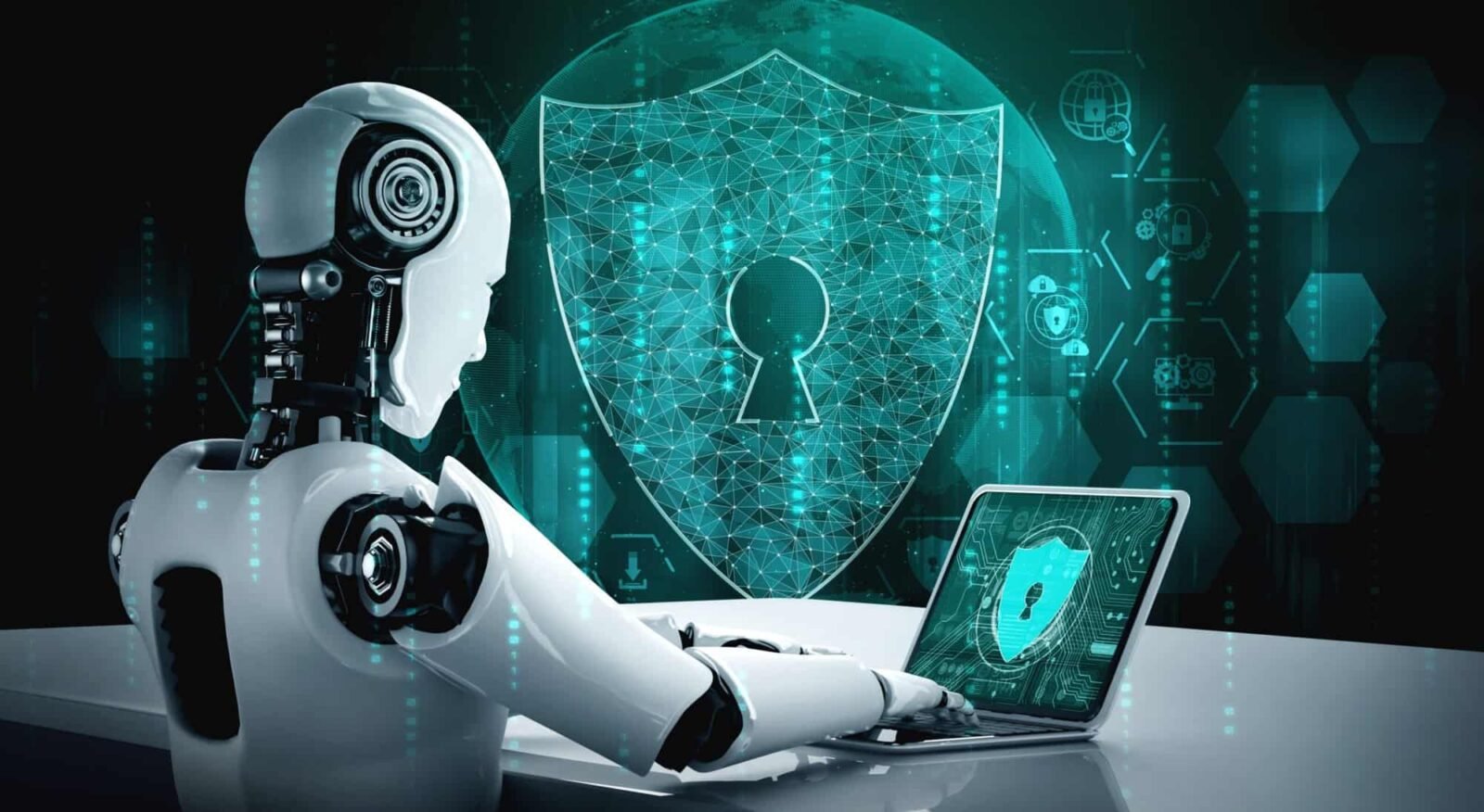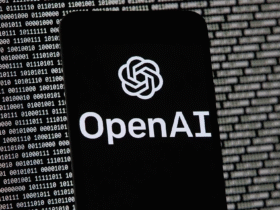In today’s hyper-connected world, cybersecurity is more crucial than ever. Cyber threats are evolving at an alarming rate, making traditional defense mechanisms increasingly inadequate. This is where artificial intelligence (AI) steps in, offering a robust solution to protect digital assets. But what exactly is AI in cybersecurity, and why is it indispensable for modern businesses?
In this blog post, we’ll explore the role of AI in cybersecurity, its benefits, challenges, and future trends, providing a comprehensive guide for anyone interested in safeguarding their digital realm.
The Evolution of Cyber Threats
Why Traditional Approaches Fall Short
Cyber threats have evolved from simple viruses to complex, multi-vector attacks that can cripple entire systems. Traditional cybersecurity measures, like firewalls and antivirus software, are no longer sufficient.
These methods rely heavily on known threat signatures, making them ineffective against new, sophisticated attacks. Additionally, human analysts are overwhelmed by the sheer volume of alerts, often leading to missed threats. AI-enabled cybersecurity automation offers a proactive approach, utilizing machine learning to detect anomalies and predict potential attacks, thereby filling the gaps left by traditional methods.
Benefits of AI in Cybersecurity
- Faster Threat Detection: AI can analyze vast amounts of data in real time, identifying potential threats and anomalies more quickly than traditional methods.
- Automated Incident Response: AI can trigger automated responses to certain types of incidents, significantly reducing response times and minimizing damage.
- Enhanced Accuracy: Machine learning algorithms can reduce false positives by improving the accuracy of threat detection, allowing security teams to focus on real threats.
- Scalability: AI systems can scale to monitor and manage numerous endpoints and data streams, making them ideal for organizations of any size.
- Continuous Learning: AI can learn from past incidents and adapt its detection methods, improving its effectiveness over time as it encounters new threats.
- Resource Optimization: By automating routine security tasks, organizations can free up valuable human resources for more strategic initiatives, enhancing overall productivity.
- Comprehensive Coverage: AI can monitor a wide range of systems, applications, and networks simultaneously, providing a more holistic view of the security landscape.
- Predictive Analytics: AI can analyze trends and patterns in cyber threats, allowing organizations to anticipate and prepare for potential future attacks.
- Improved Compliance: Automation can help organizations meet regulatory requirements by ensuring consistent monitoring, reporting, and response processes.
- Cost Efficiency: Reducing the need for manual intervention lowers operational costs while increasing the overall effectiveness of cybersecurity measures.
AI Automation in Cybersecurity
Streamlining Processes and Reducing Workload
AI automation in cybersecurity goes beyond threat detection and response. It streamlines various security processes, reducing the workload on human analysts. Tasks such as log analysis, threat hunting, and incident response can be automated, allowing security teams to focus on more strategic initiatives.
AI can also provide real-time insights and recommendations, helping organizations to make informed decisions quickly. This not only improves efficiency but also enhances the overall security posture of the organization.
Challenges and Limitations of AI in Cybersecurity
Overcoming Obstacles
https://www.ofsecman.io offers numerous benefits, it is not without its challenges. One of the primary concerns is the risk of false positives, where benign activities are flagged as threats. This can lead to unnecessary disruptions and wasted resources.
Additionally, AI systems require extensive training data to be effective, which may not always be available. There is also the issue of trust; organizations may be hesitant to rely entirely on AI for critical security decisions. Understanding these limitations is essential for implementing a balanced and effective AI-enabled cybersecurity strategy.
Implementing AI-Enabled Cybersecurity
Best Practices and Considerations
Implementing AI-enabled cybersecurity automation requires careful planning and consideration. Organizations should start by identifying specific areas where AI can add value, such as threat detection or incident response. It is also crucial to ensure that AI systems are integrated seamlessly with existing security infrastructure.
Regular training and updates are necessary to keep the AI models effective. Additionally, organizations should establish clear guidelines for human oversight, ensuring that critical decisions are reviewed by security experts. Ofsecman.io follow this best practices will help in maximizing the benefits of AI while minimizing potential risks.
The Essential Role of AI in Securing the Digital World
A Necessity for Modern Enterprises
In an era where cyber threats are growing in complexity and frequency, AI has become an essential component of cybersecurity. Its ability to analyze vast amounts of data, detect anomalies, and automate responses makes it an invaluable tool for modern enterprises.
AI not only enhances the effectiveness of security measures but also enables organizations to stay ahead of emerging threats. By adopting AI-enabled cybersecurity automation solutions, businesses can ensure the safety of their digital assets and maintain their competitive edge in the market.
The Future of AI in Cybersecurity
Emerging Trends and Technologies
The future of AI in cybersecurity looks promising, with several emerging trends and technologies set to revolutionize the field. One such trend is the integration of AI with blockchain technology to enhance data integrity and transparency.
Another promising development is the use of AI-powered deception technologies that create fake environments to trap and analyze malicious actors. Additionally, advancements in quantum computing hold the potential to further strengthen AI algorithms, making them even more effective in thwarting cyber threats. Staying informed about these trends will be crucial for organizations looking to leverage AI for cybersecurity.
Conclusion
AI-enabled cybersecurity automation is transforming the way we protect our digital world. From enhancing threat detection and response to streamlining processes and reducing workload, AI offers a myriad of benefits.
However, it is essential to be aware of the challenges and implement best practices to maximize its potential. As cyber threats continue to evolve, AI will play an increasingly vital role in safeguarding our digital assets.
By staying ahead of emerging trends and technologies, organizations can ensure that they are well-equipped to face the cybersecurity challenges of the future. Explore more about how AI can enhance your cybersecurity strategy and take proactive steps to secure your digital realm today.














Leave a Reply